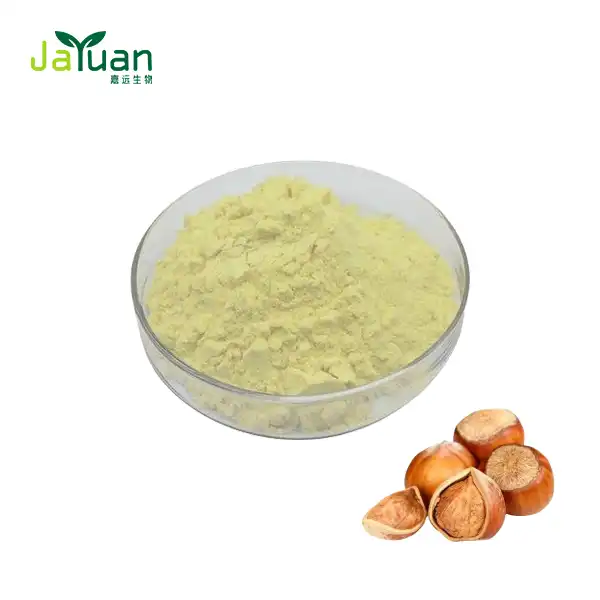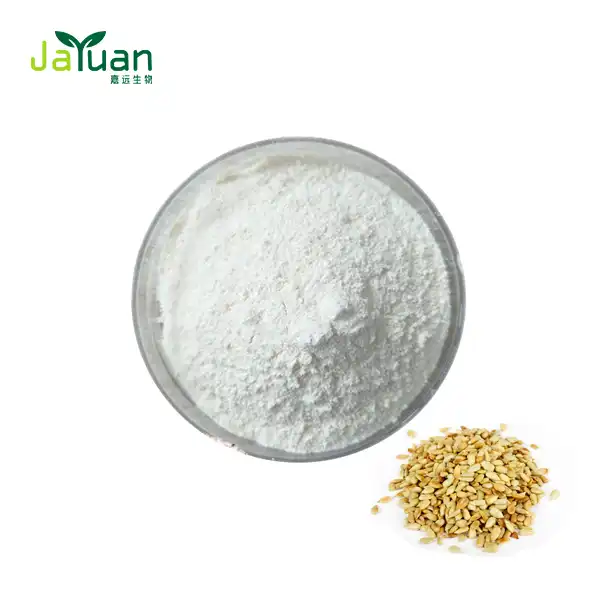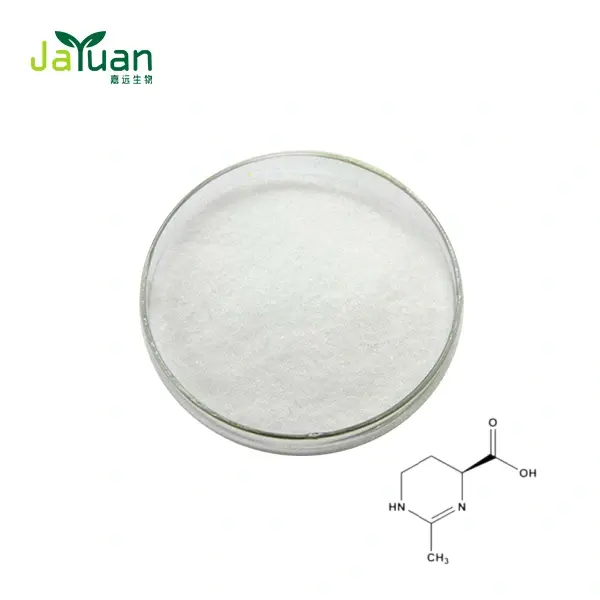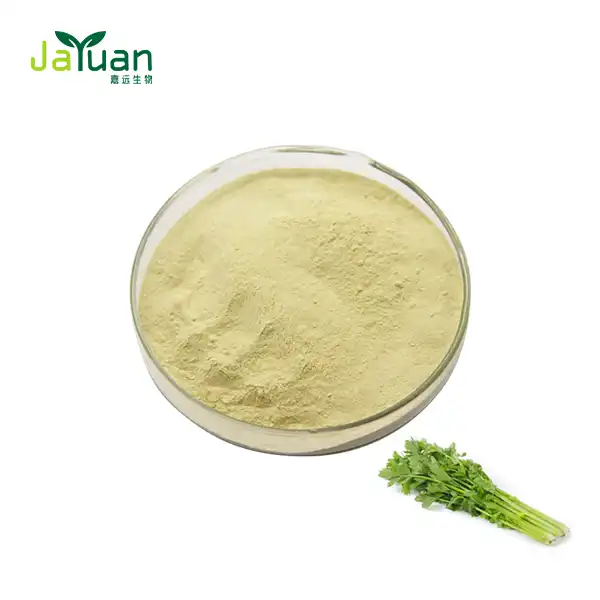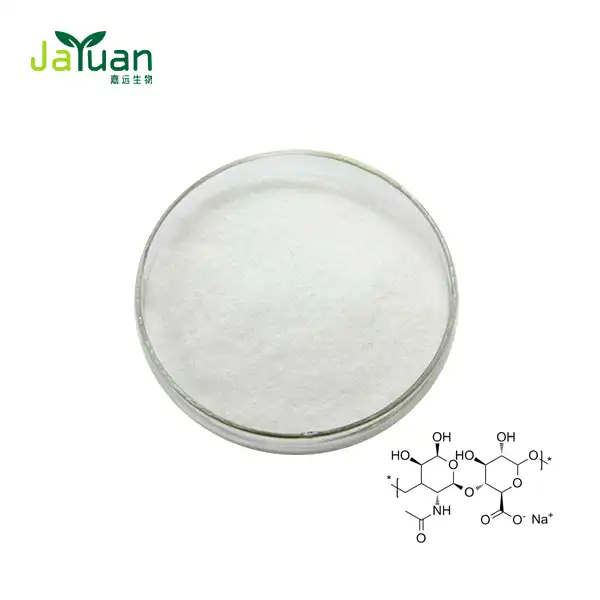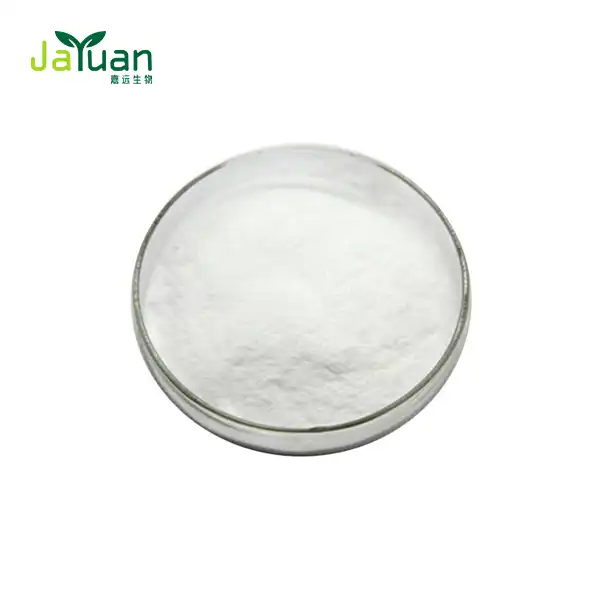What's the difference between magnolia bark and magnolia extract?
Magnolia Extract Powder has been a staple in conventional medication for a really long time, valued for its various medical advantages, including tension help and mitigating properties. Notwithstanding, with regards to using this strong plant, there's much of the time disarray between magnolia bark and magnolia separate. Magnolia bark ordinarily alludes to the crude, entire bark utilized in home grown cures, while magnolia separate is a concentrated structure that offers improved strength. This article will dig into the differentiations between these two structures, featuring the novel advantages of Magnolia Concentrate Powder, which is quickly acquiring prominence in the wellbeing and health industry for its adequacy and flexibility.

Magnolia Bark: Nature's Raw Gift
Magnolia bark, derived from the Magnolia officinalis tree, has been used in traditional Chinese medicine for over 2000 years. This raw form of the plant material is typically harvested from the bark of the tree's trunk, branches, or roots. The bark contains bioactive compounds such as magnolol and honokiol, which are responsible for many of its therapeutic effects.
Magnolia bark is often used in its natural state, either dried and ground into a powder or steeped as a tea. While it contains the plant's beneficial compounds, the concentration can vary depending on factors like the tree's age, harvesting time, and environmental conditions. This variability can make it challenging to achieve consistent results when using raw magnolia bark.
Magnolia Extract: Concentrated Botanical Power
Magnolia extract, on the other hand, is a concentrated form of the plant's beneficial compounds. The extraction process involves using solvents to draw out specific bioactive substances from the bark, resulting in a more potent product. This process allows for standardization, ensuring a consistent concentration of key compounds like magnolol and honokiol.
Organic Magnolia Extract Powder is a particularly versatile form of this concentrated extract. It's created by drying the liquid extract into a fine powder, which can be easily incorporated into various products or consumed directly. This powder form offers several advantages:
-
Expanded bioavailability: The concentrated idea of the concentrate considers better ingestion by the body, it are all the more promptly used to guarantee that the gainful mixtures. Because of its improved absorption, even low doses can have a significant effect, making it a more effective choice for people who want to get the most out of their active ingredients.
-
Consistency: Standardized extracts provide a reliable dose of active compounds, which is crucial for achieving predictable results. By maintaining consistent levels of these compounds, users can trust that they are receiving the same benefits with each use, reducing variability that might occur with raw materials.
-
Versatility: The powder can be added to foods, beverages, or supplements, making it easy to incorporate into various dietary routines. This flexibility allows individuals to customize their intake, whether they prefer mixing it into smoothies, baking it into recipes, or taking it in capsule form.
-
Extended shelf life: Properly stored powder can maintain its potency longer than raw bark, ensuring that users can enjoy its benefits over an extended period. This longevity not only reduces waste but also provides convenience for those who may not use the product daily.

The Benefits of Magnolia Extract Powder
Magnolia Extract Powder has garnered attention for its potential health benefits, which are largely attributed to its high concentration of magnolol and honokiol. These compounds have been studied for their various effects on human health:
- Anxiolytic properties: Research suggests that magnolia extract may help reduce anxiety and stress, providing a natural alternative for individuals seeking relief from these common issues. Its calming effects are believed to influence neurotransmitter levels, promoting a sense of tranquility and emotional balance.
- Sleep support: The extract's calming effects may contribute to improved sleep quality, making it an appealing option for those struggling with insomnia or restless nights. By promoting relaxation and reducing the time it takes to fall asleep, magnolia extract can help individuals achieve a more restorative sleep experience.
- Antioxidant activity: Magnolol and honokiol are potent antioxidants that may help combat oxidative stress, protecting cells from damage caused by free radicals. This antioxidant activity not only supports overall health but also plays a crucial role in preventing chronic diseases related to oxidative stress.
- Anti-inflammatory effects: Studies indicate potential benefits in reducing inflammation, which is linked to numerous health issues, including chronic pain and autoimmune disorders. By mitigating inflammatory responses, magnolia extract may promote better overall health.
- Cognitive function: Some research points to neuroprotective properties that could support brain health, potentially enhancing memory and cognitive performance. This makes it a promising candidate for those looking to maintain mental sharpness as they age.
It's important to note that while these potential benefits are promising, more research is needed to fully understand the effects of Organic Magnolia Extract Powder on human health. As with any supplement, it's advisable to consult with a healthcare professional before incorporating it into your wellness routine.
The extraction process used to create Organic Magnolia Extract allows for a more concentrated and standardized product compared to raw magnolia bark. This concentration means that smaller amounts of the extract can potentially deliver more significant effects. Additionally, the powder form makes it easier to control dosage and incorporate into various applications, from dietary supplements to skincare products.
When choosing a Magnolia Extract Powder, it's crucial to consider the quality and source of the product. Look for extracts that are standardized to contain specific percentages of magnolol and honokiol, as these are considered the primary active compounds. Reputable manufacturers will provide information about their extraction methods and quality control processes.
All in all, while both magnolia bark and magnolia remove offer potential medical advantages, Magnolia Concentrate Powder gives a more focused and flexible choice. Its normalized nature considers more predictable outcomes, pursuing it an appealing decision for those looking to saddle the force of this old herbal in a cutting edge, proficient structure. As exploration keeps on uncovering the maximum capacity of magnolia and its mixtures, we can hope to see considerably more creative applications for this noteworthy plant extricate from now on. On the off chance that you're keen on studying Magnolia Extract Powder or other plant removes, go ahead and contact us at sales@jayuanbio.com.
References
1. Woodbury, A., Yu, S. P., Wei, L., & García, P. (2013). Neuro-modulating effects of honokiol: a review. Frontiers in neurology, 4, 130.
2. Xu, Q., Yi, L. T., Pan, Y., Wang, X., Li, Y. C., Li, J. M., ... & Kong, L. D. (2008). Antidepressant-like effects of the mixture of honokiol and magnolol from the barks of Magnolia officinalis in stressed rodents. Progress in Neuro-Psychopharmacology and Biological Psychiatry, 32(3), 715-725.
3. Lee, Y. J., Choi, D. Y., Yun, Y. P., Han, S. B., Oh, K. W., & Hong, J. T. (2013). Epigenetic regulation of BDNF gene in response to stress. Psychiatry investigation, 10(4), 381.
4. Shen, J. L., Man, K. M., Huang, P. H., Chen, W. C., Chen, D. C., Cheng, Y. W., ... & Liu, P. L. (2010). Honokiol and magnolol as multifunctional antioxidative molecules for dermatologic disorders. Molecules, 15(9), 6452-6465.
5. Poivre, M., & Duez, P. (2017). Biological activity and toxicity of the Chinese herb Magnolia officinalis Rehder & E. Wilson (Houpo) and its constituents. Journal of Zhejiang University-SCIENCE B, 18(3), 194-214.

